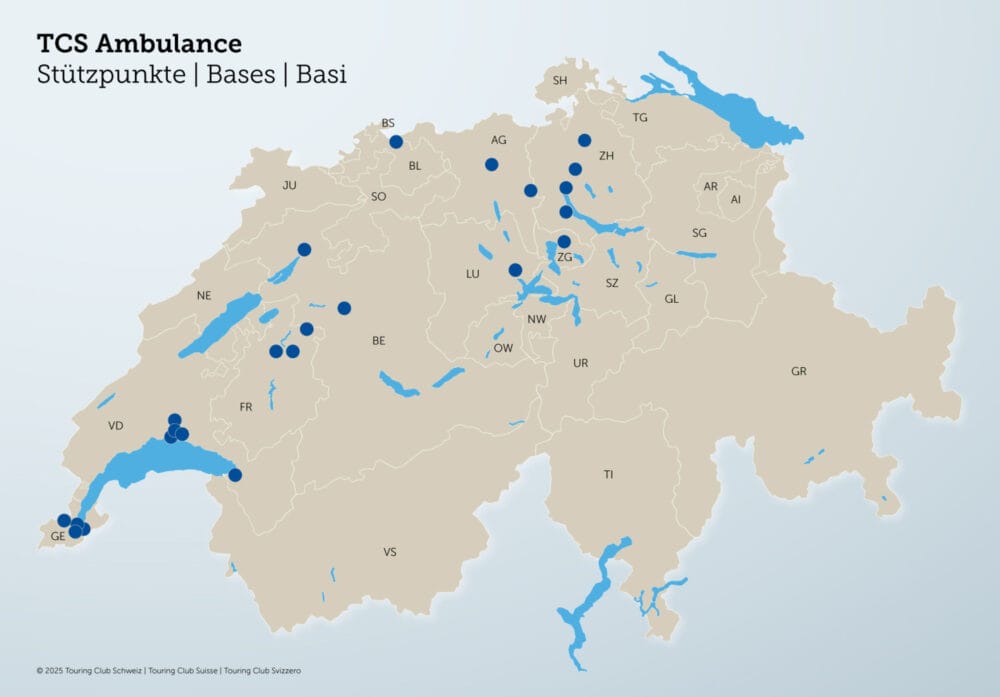IVR: New version of the rescue chain
Since 1970, some key areas in rescue services have changed in terms of complexity and specialization. The umbrella organization of the Swiss rescue service (IVR) has recently published an updated version of the so-called "rescue chain".
The Inter Association for Rescue Services (IVR) revised the so-called "rescue chain" at the end of November, which systematically shows the care of patients in medical emergency situations. Increasing changes in the rescue system have taken this into account. In the past, for example, organized first aid, which is usually provided by company paramedics and first responders, was not included, the association writes in a statement. The revised chart now includes eight chain links assigned to four phases. These include the stages Readiness, preclinical, clinical and Outcome.

In the phase Readiness preparation for actual emergency events usually takes place in the company. The Sensitization aims to recognize the emergencies and provide assistance. This criterion is addressed to the whole population, especially to the employer.
In the phase Preclinical emergency assistance is now no longer the first priority. Here, professional alerting of the emergency call centers comes first. This is due to the fact that ambulance services have long since ceased to function primarily as rescue services, and the longer they are in operation, the more they are able to guide and support spontaneous first responders with qualified assistance. This also includes the disposition of bridging measures, for example by first responders or company paramedics.
New icon: Impact measurement
After the third phase clinic - medical care - newly completes the phase Impact measurement the rescue chain. This last instance of the rescue chain symbolizes the continuous efforts to strengthen the individual links in the chain - according to the motto: A chain is only as strong as its weakest link. However, this basic principle cannot be evaluated without an effective data basis, as the IVR further states. The last link should always include all systematic improvement approaches, but also science-oriented development.
According to the Inter Association for Rescue, emergency care should be understood as a "composite task of many stakeholders" and an integrating, systemic role. It should be possible for all individuals and organizations involved in the care of emergency patients to find themselves represented in this chain, according to the IVR.
Source: www.ivr-ias.ch









